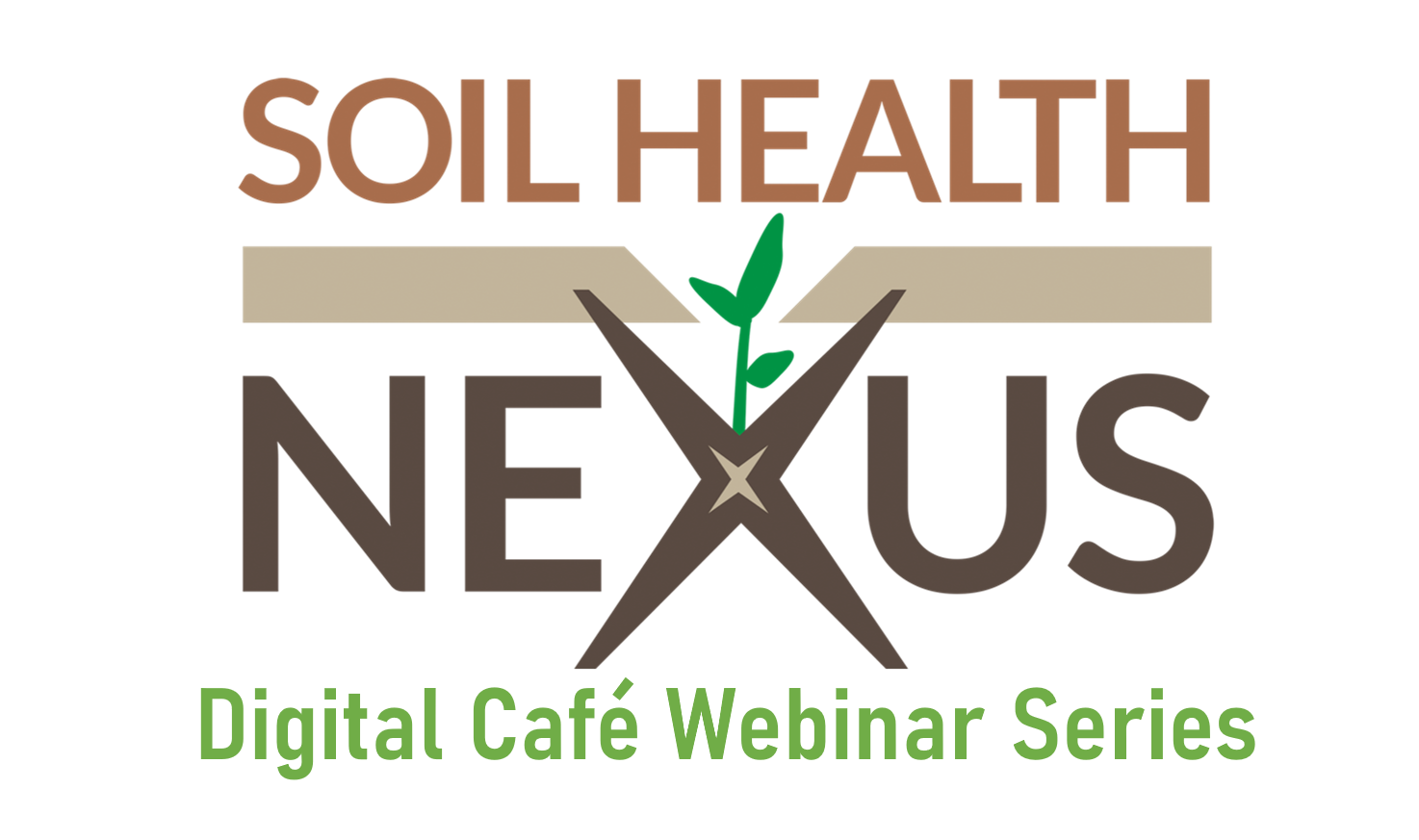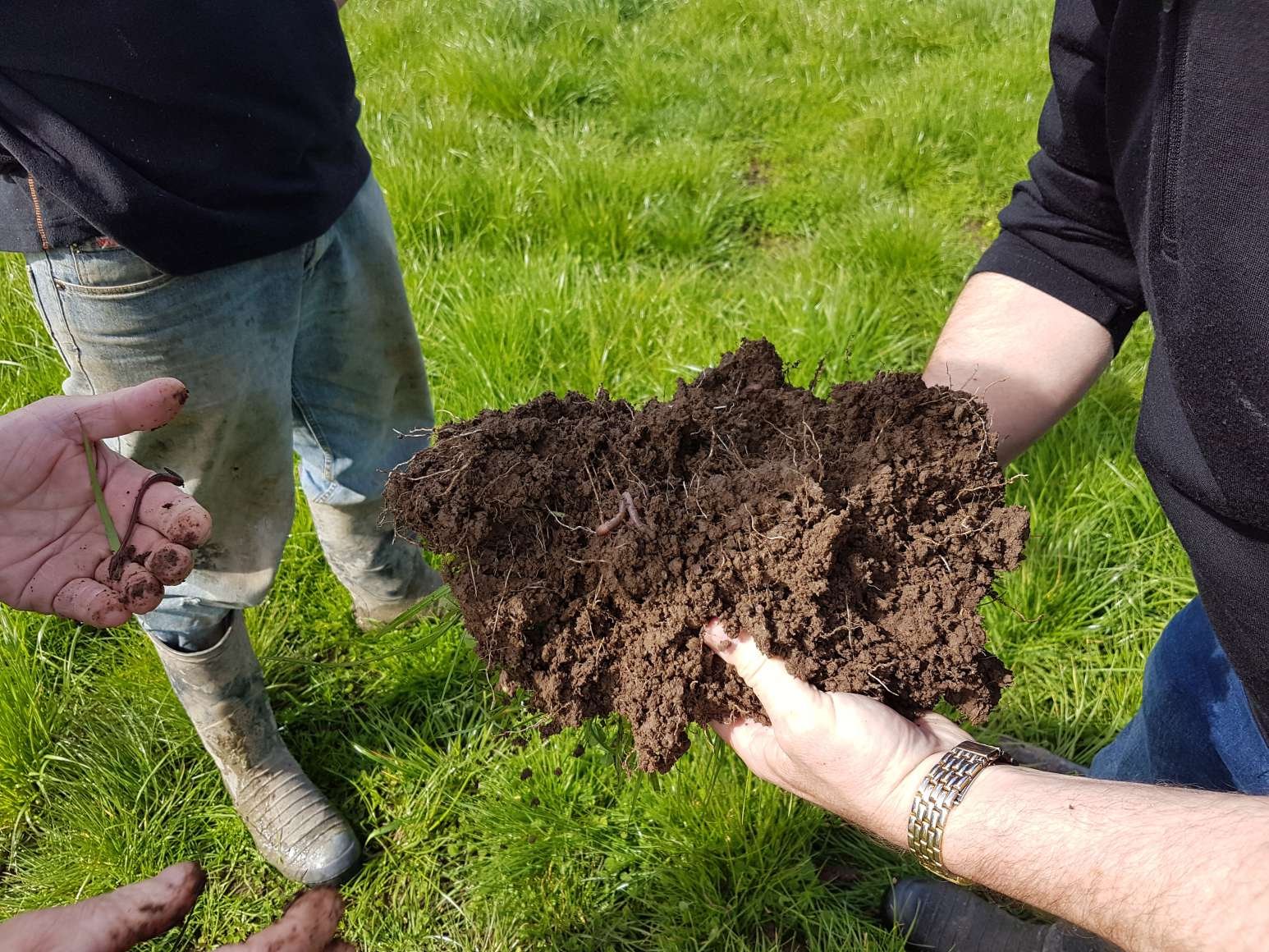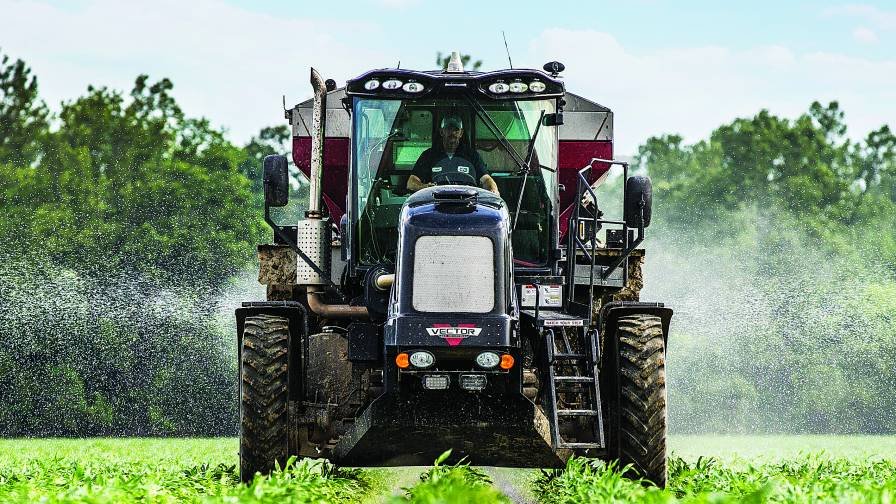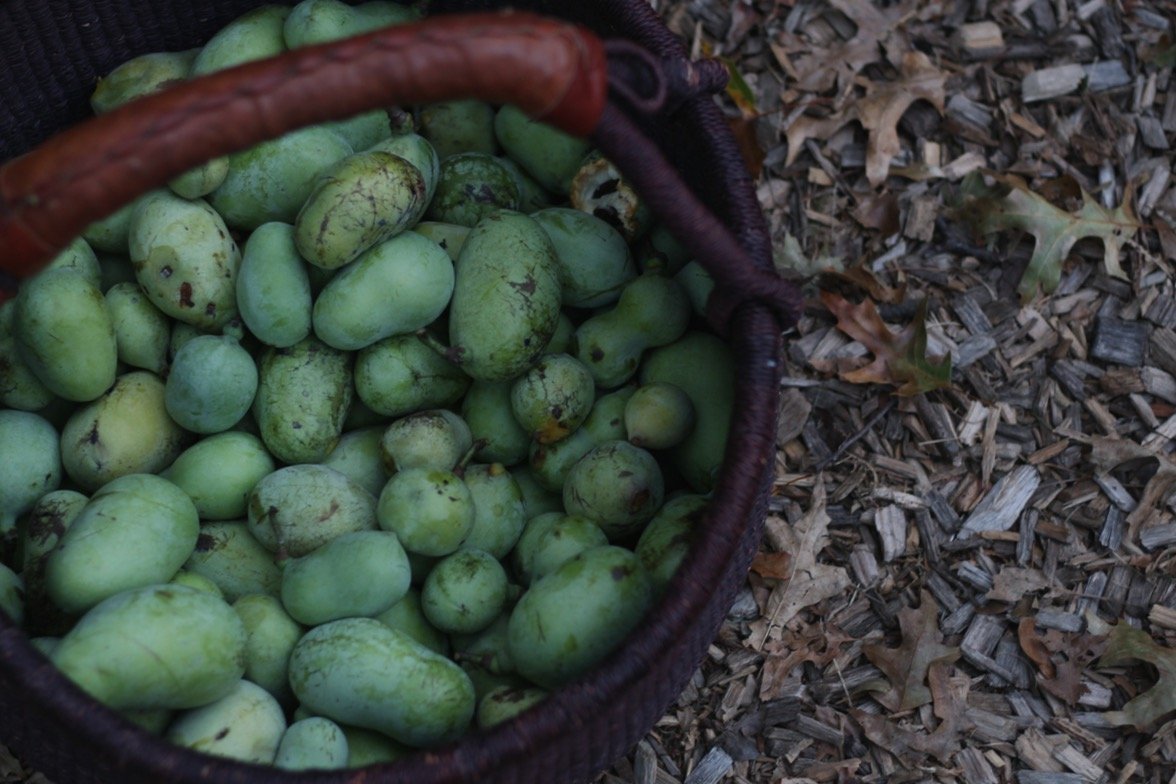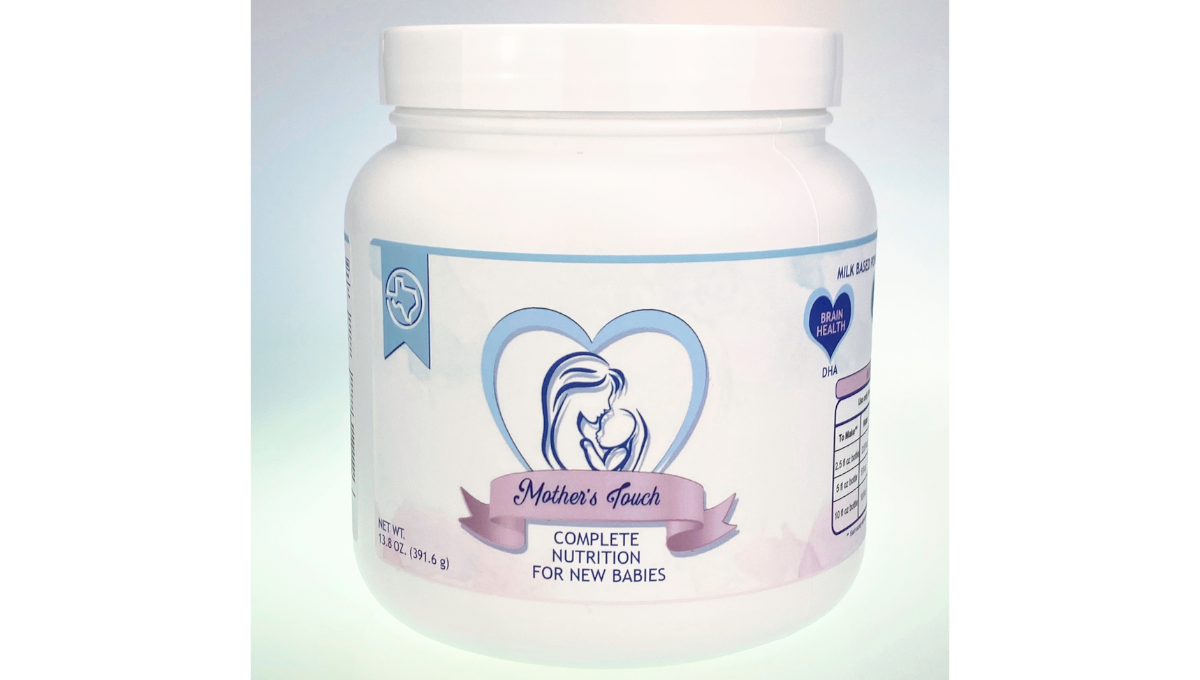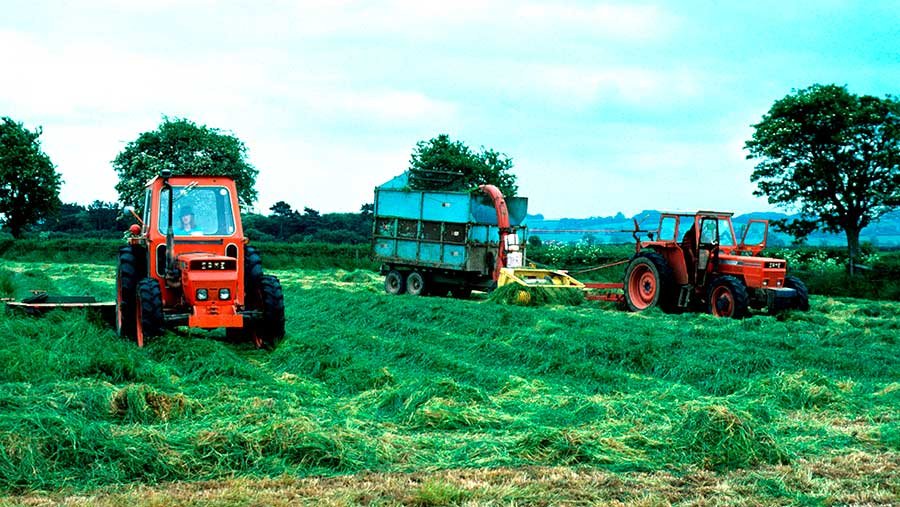
Wheat field affected by crown rot (Fusarium spp.), which triggers the bleaching and decaying of the seeds. Wheat is amongst the significant crops grown worldwide and suffers heavy losses that might be reduced with preventive techniques
Considering that the late 20th century, the function of mycorrhizal fungis for plant development and yield enhancement in farming settings has actually been significantly acknowledged. Policymakers, services, farmers, and scientists worldwide grow significantly familiar with the intricacy of the procedures that bring food to everybody ─ processes far, even more complicated than the mechanistic input-output design of standard farming, in which the input of labor and inorganic fertilizers produces steady yields as a resulting output. The procedure of ecology as a science, with time, has actually revealed that a system is most steady when there are numerous aspects to support it; similar to it occurs when a table has 4 legs rather of 3. Mycorrhizal fungis have actually been shown to be an essential pillar in developing food production systems that produce food and sustain with time, really ensuring food security for the world’s tables.
An advantage of Mycorrhizal Fungi Powder associations has actually been ignored, nevertheless, as the focus is put on these fungis as nutrient-absorption enhancers or as extended ‘roots’ for the plants they colonize. Biological insect control, in truth, is another of the significant advantages brought by mycorrhizal fungis to farming settings. In addition to whatever else they supply, these fungis are serving a protective function for crops twenty-four hours a day, 7 days a week, as an evaluation released in 2018 checks out. According to the analyses of the research studies evaluated, mycorrhizal inoculants impacts the insect resistance abilities of plants in 4 essential methods:
1) Improving the general health of the plant by increased nutrient uptake.
2) Taking on pathogens, typically out-competing them completely.
3) Getting systemic obtained resistance (SAR) in the plant.
4) Getting caused systemic resistance (ISR) in the plant.
Of these, the most intriguing to the researchers and scientists are the last 2, as they are not simply a by-product of the arbuscular mycorrhizal (as the very first 2 are) however direct systems of insect control shown by mycorrhizal fungis when they colonize plant roots. SAR and ISR are both the vital techniques through which the body immune system of a plant works: through SAR when the infection or the attack of a pathogen is regional, increasing antibody count and strongly targeting the pathogen, and through ISR when the infection is extensive, by causing a basic boost in the protective systems throughout the entire plant. The Mycorrhizal Powder naturally produces, for instance, the natural substance Acibenzolar-S-methyl, typically produced in labs and offered as an inorganic ‘fungicide’, when it is just an activator of this immune action in plants.
Mycorrhizal fungis act upon plants as vaccines in this sense, promoting a protective action that is still there when genuine insects attack. This guarantees that plants are constantly on their finest constantly, in regards to their body immune systems: a vital service in a world where as much as 40% of all crops are lost to insects annual


